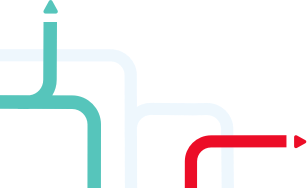One in five Australians live with disability - It makes good sense for organisations to plan for accessible premises and provide accessible services.
Deaf and hard-of-hearing professionals can face barriers to communication at work, especially when hearing colleagues do not know the best ways to engage with them. The best way to overcome these barriers is to approach your colleagues and learn their preferred ways to communicate.
In 2016, Totaljobs, one of the UK's leading jobs boards conducted a survey focusing on the experiences of deaf employees in the workplace (opens in a new window). The survey provides a snapshot of the challenges deaf people face when looking for work and while in employment.
Advances in technology, a growing awareness and acceptance of deaf and hard-of-hearing needs have made it easier to be deaf or hard-of-hearing in the workplace; however, a lot more can be done to eliminate barriers to employment that deaf and hard-of-hearing communities continue to face.
Increasing deaf and hard-of-hearing awareness across organisations and society can go a long way in creating inclusive and collaborative work environments.
Resources to create more accessible businesses and services:
Note: all the links listed below open in a new window
What is it like to be deaf in the workplace?
Is my workplace inclusive and accessible?
Hearing loss - communication in the workplace
Make your workplace accessible
Managers Guide to creating a disability inclusive workplace




